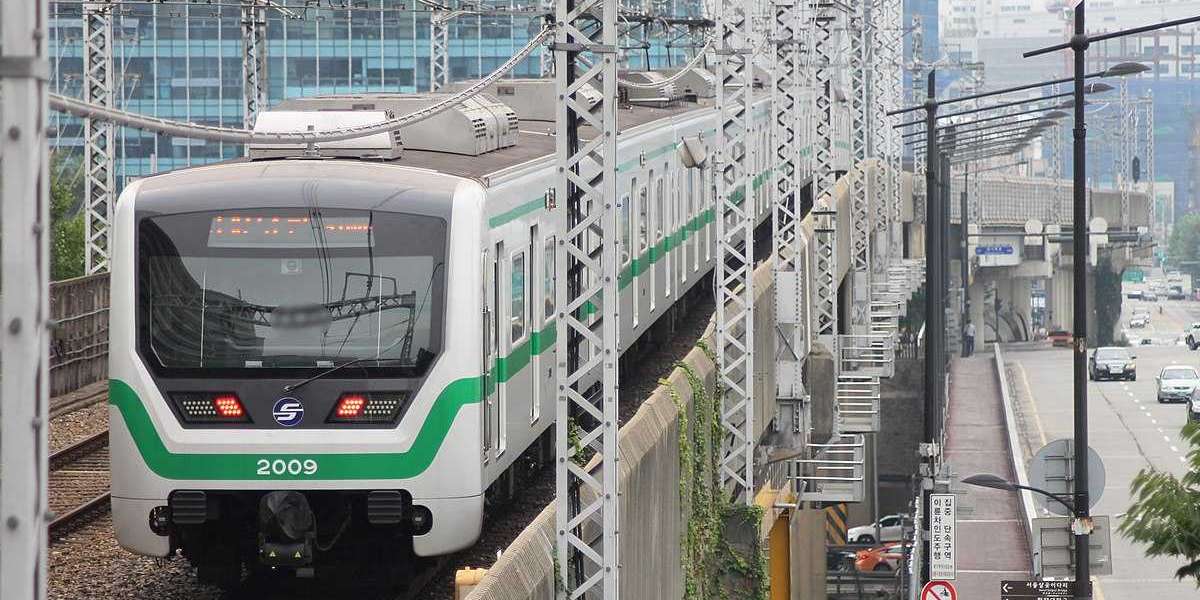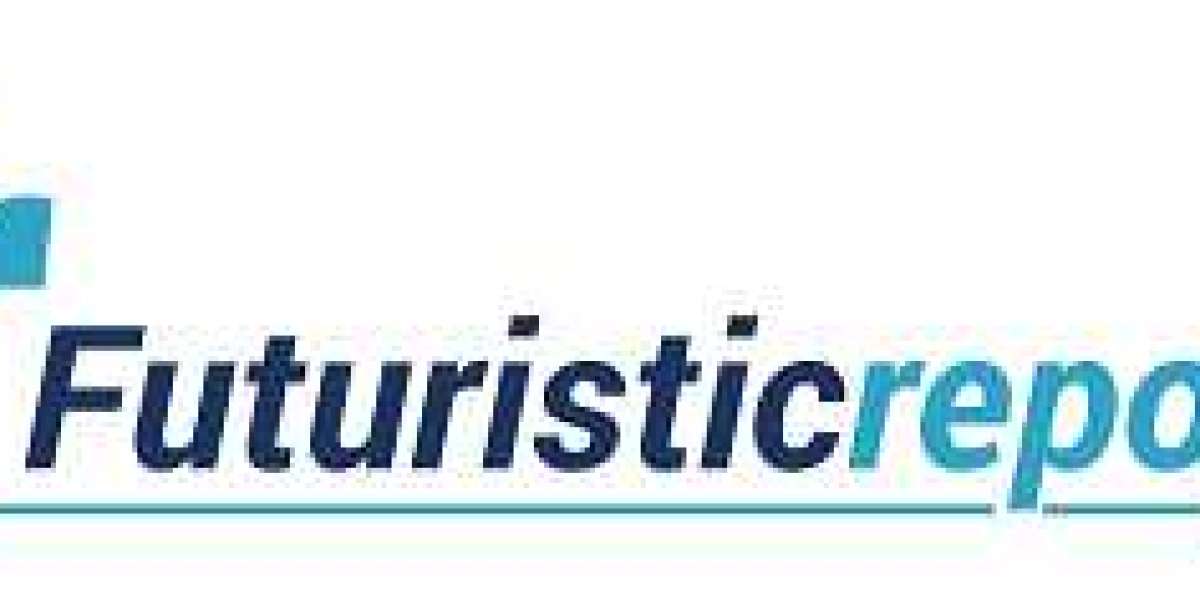Signboards at Euljiro 3-ga and Sinyongsan stations in the Seoul Subway will grow lengthier starting in March, with each signboard referring to a specific enterprise that is situated at the station. The change will take effect immediately. In the former case, the station will be called Euljiro 3-ga Shinhan Card Station, whereas, in the latter one, it will be renamed Sinyongsan Amorepacific Station.
Contracts totaling 874 million won ($733,000) and 380 million won ($380 million) were made by Seoul Metro with the corporations for the sale of name rights, and the alterations are the consequence of those contracts being fulfilled. Under the terms of their three-year agreement, the names of the two companies will appear in brackets on all signage at the two stations, as well as on route maps and in-car voice transmissions. Officials have stated that necessary work, such as the replacement of the outdated signboards, will be done as early as March, according to the officials. The deal has the option of being extended for an additional three years.
The two stations are not the first to come to an agreement of this nature.
Since 2016, the Seoul Metro has auctioned off the name rights to many stations in order to earn money.
When it comes to Line No. 2, the Industrial Bank of Korea is represented by Euljiro 1-ga, and BC Card is represented by Euljiro 4-ga, while Apgujeong on Line No. 3 and Yeoksam on Line No. 2 make reference to the Hyundai Department Store and Centerfield in the areas where the stations are located, respectively, these landmarks are important landmarks in the areas in which the stations are located.
Because of the inclusion of Euljiro 3-ga and Sinyongsan stations, the total number of stations with similar names has increased to 33, according to the Seoul Metro system.
Is there a pandemic effect?
It was announced in 2016 that Seoul Metro will sell station names to businesses in order to make up for chronic operating deficits. However, the project has been on hold since May 2017, following the merger of Seoul Metro with the now-defunct Seoul Metropolitan Rapid Transit Corp.
A further consequence of the ongoing COVID-19 outbreak was the reinstatement of the program last year.
In the middle of the virus hysteria, subway passenger counts plunged as schools moved to the internet, businesses adopted remote work, and people stayed at home to avoid the infection. After recording a net loss of 586 billion won in 2019, the year before the pandemic, the state-owned firm saw its net loss increase to 1.13 trillion won in 2021. According to a Seoul Metro official, the total for 2022 is expected to reach almost 1.8 trillion won.
"Including institutional names on subway signboards will be a successful marketing tactic for businesses, particularly those located near metro stations," says the author. "There has been an increase in demand for it," the official continued, implying that more station names may be put up for sale.



